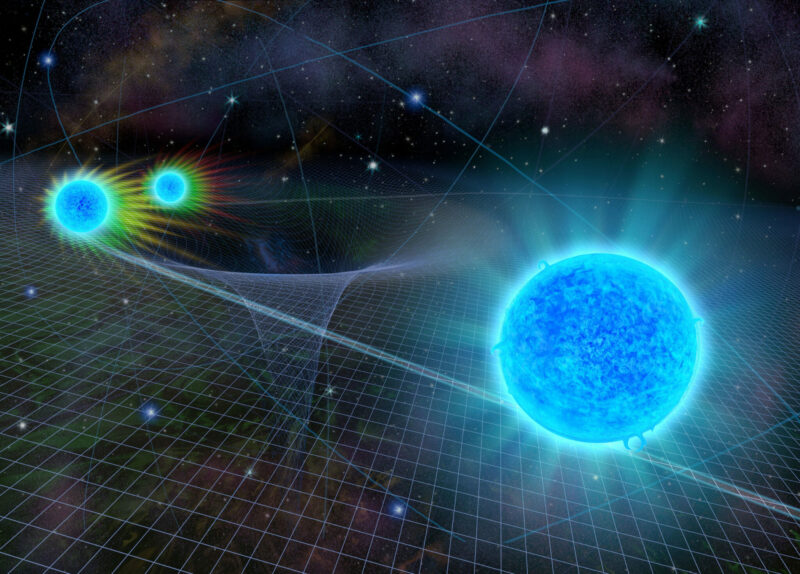Physicists from Oxford University’s Department of Physics have verified a key aspect of Einstein’s theory of gravity, according to a recent publication in the Monthly Notices of the Royal Astronomical Society. Their groundbreaking study unveils the first observational proof of a phenomenon known as the ‘plunging region’ encircling black holes, where gravitational forces are at their most potent within our galaxy.
Harnessing X-ray data from NASA’s NuSTAR and NICER telescopes, the Oxford researchers scrutinized smaller black holes situated relatively close to Earth. Titled “Continuum Emission from Within the Plunging Region of Black Hole Discs,” their research represents a significant stride in unraveling the mysteries of black holes. Additionally, another Oxford team aims to pioneer the creation of the inaugural movies depicting larger, more distant black holes later this year, as part of a multimillion-euro European initiative.
Einstein’s theory postulates that particles near a black hole cannot sustain stable circular orbits; instead, they hurtle towards the black hole at nearly light speed, forming the plunging region. The Oxford team delved into this region’s intricacies, employing X-ray data to elucidate the gravitational dynamics at play.
Dr. Andrew Mummery, leading the study from the Department of Physics, remarked, “This is the first glimpse into the final journey of plasma torn from a star’s outer edge as it descends into the heart of a black hole, unfolding within a system approximately 10,000 light years away. What’s truly thrilling is the prospect of utilizing numerous black holes in our galaxy to explore the most potent gravitational fields, thanks to this innovative technique.”
Dr. Mummery emphasized, “While Einstein predicted this ultimate plunge, we are the pioneers in demonstrating it. It’s akin to witnessing a river cascade into a waterfall for the very first time. This represents a significant stride in black hole research, empowering us to probe the enigmatic realm surrounding these cosmic entities. Only by comprehending this final descent can we grasp the gravitational might at play.”
Astrophysicists have extensively studied material discs orbiting black holes to fathom the events transpiring near their peripheries. The plunging region represents the ultimate stage preceding the inevitable descent into the black hole. The Oxford team’s years of meticulous modeling culminated in confirming its existence, leveraging X-ray telescopes and data from the International Space Station.

